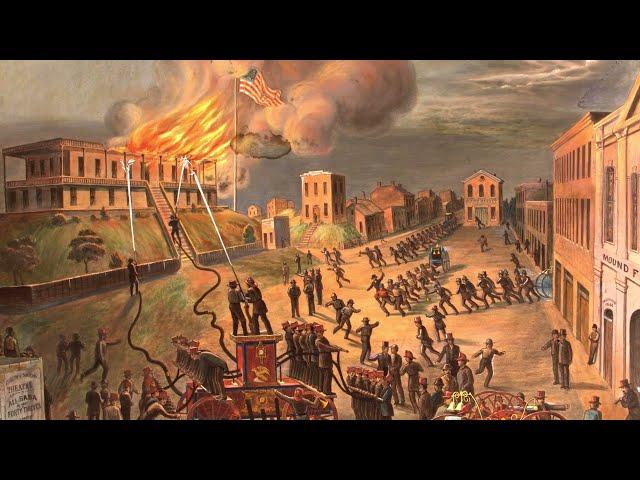
Big Mound St. Louis Missouri, Mound Pavilion, Destruction and Museum Fire #historicaltidbits
Комментарии:
I’ve been very “busy”
★ ᴋɪᴛᴄᴀᴛ ɪs ɴᴏᴛ ᴀ ᴄᴀᴛ ★
STOBER cLEAN System - The World's Toughest System
STOBER Drives Inc. (USA)
CopWatchers Body Camera Stolen By Police
Canada Cop Watch
Jermaine Watkins (A Conversation with Dr. Miles Aron)
Dr. Miles Aron
Awesome Drone Footage from My First Year as a Pilot - Mavic Air 2S Eye Candy
Don Mammoser Photo
Keyser Soze (The Story)
keyzasoze
10 Tips To Stop Sucking at Video Games
blahblah blah
The Italian Lakes Tour by Carolinasusi Italia Tours
CarolinaSusi Tours
Early Proof That Predictive Works--Comdata & Lattice Engines
Lattice Engines


























